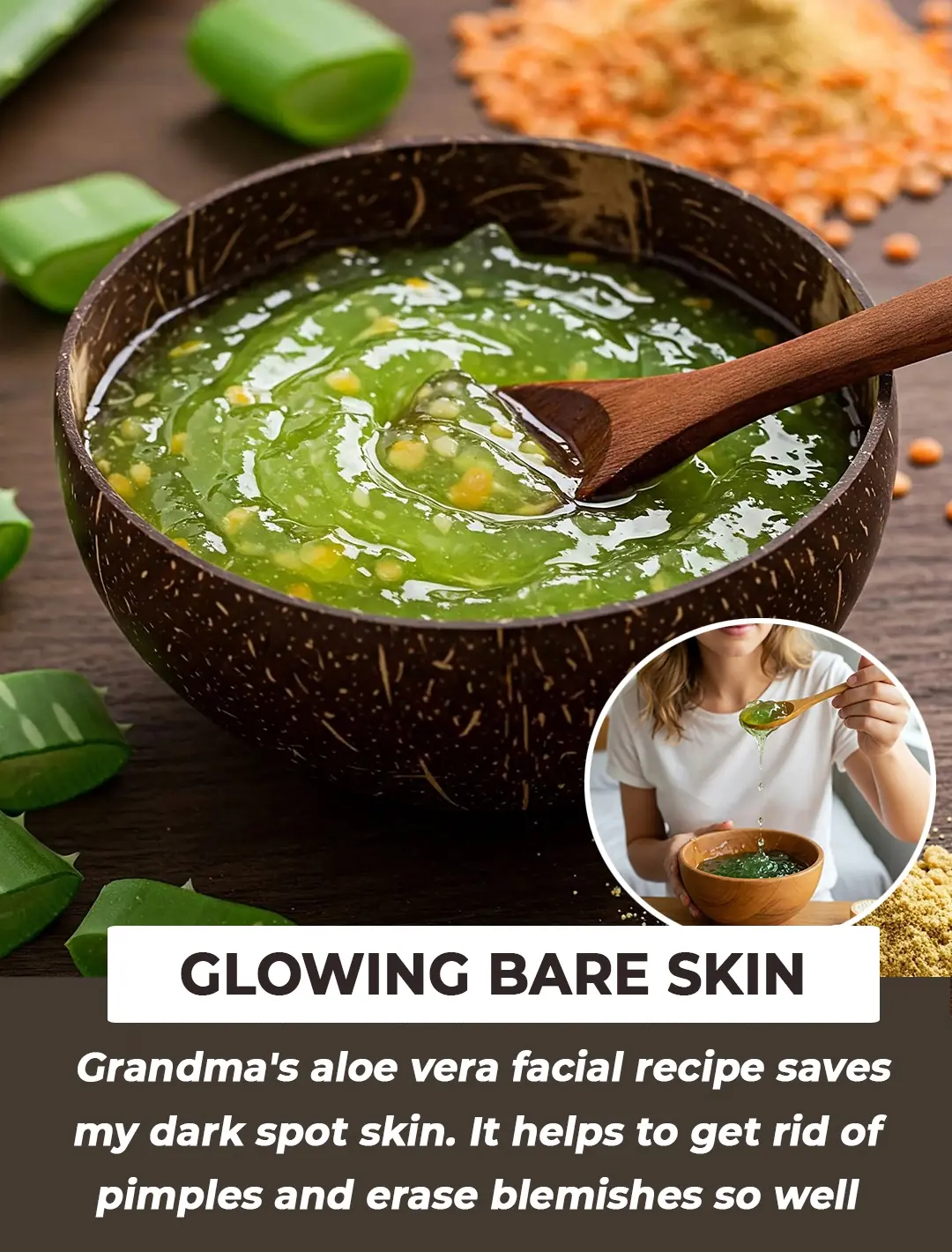
The Easiest Way to Make Coconut Oil at Home
Making coconut oil at home is an easy, rewarding process that gives you a fresh, high-quality product without additives or preservatives. Whether you want it for cooking, skincare, or haircare, homemade coconut oil guarantees purity, fragrance, and natural nutrients that many commercial versions lose during processing. Here’s how to make it from scratch using just a few basic tools.
What You’ll Need
-
3–4 mature coconuts
-
Water
-
Blender or food processor
-
Cheesecloth or fine strainer
-
Large bowl
-
Pan
-
Airtight jar for storage
Step 1: Prepare the Coconuts
Crack open the mature coconuts using a hammer or the back of a heavy knife. Drain the coconut water and set it aside for drinking or other recipes.
Use a knife or coconut scraper to separate the white meat from the shell. Rinse the meat carefully to remove any leftover shell pieces.
Step 2: Blend the Coconut Meat
Cut the coconut meat into chunks and place them in a blender. Add water using a 2:1 ratio—two cups of coconut meat to one cup of water.
Blend until the mixture becomes a smooth, creamy paste. Scrape down the sides as needed to ensure everything blends evenly.
Step 3: Extract the Coconut Milk
Line a large bowl with cheesecloth or place a fine strainer over it. Pour the blended mixture in and squeeze hard to extract as much coconut milk as possible.
Repeat this step until all the blended coconut has been strained.
The more milk you extract, the more oil you’ll end up with.
Step 4: Allow the Oil to Separate
Let the bowl of coconut milk rest at room temperature for 24 hours. During this time, the oil will naturally rise to the top and form a thick, creamy layer.
After 24 hours, place the bowl in the refrigerator for a few hours. This makes it easier to scoop the solid cream from the surface.
Scoop out the hardened cream and leave the liquid behind.
Step 5: Heat the Cream to Release the Oil
Transfer the solid cream to a pan and heat it on low. As it melts, the oil will begin to separate from the solids.
Stir occasionally and continue cooking until all moisture evaporates, leaving behind clear coconut oil and browned coconut solids.
Strain the oil through cheesecloth or a fine sieve to remove the solids completely.
Step 6: Store Your Fresh Coconut Oil
Let the oil cool completely before pouring it into an airtight jar.
Store in a cool, dry place—or refrigerate if you prefer extended freshness.
Properly stored, homemade coconut oil can last for several months.
Why Make Coconut Oil at Home?
Pure & Chemical-Free:
Homemade coconut oil is unrefined, cold-pressed, and free of bleaching or deodorizing chemicals.
More Nutrient-Rich:
It retains beneficial compounds like lauric acid, known for antimicrobial and immune-supporting properties.
Cost-Effective:
You save money over time, especially if coconuts are abundant in your area.
Eco-Friendly:
Reduce packaging waste and control every step of the process.
Multi-Purpose:
Use it for cooking, moisturizing skin, deep-conditioning hair, oil pulling, and more.
News in the same category


🦶 5 Natural Remedies for Cracked Heels

🌿 Natural Remedies to Strengthen Your Nails

Discover the Miraculous Benefits of Moringa

The Healing Power of Mimosa Pudica: 10 Health Benefits and How to Use This Amazing Plant

The Hidden Healing Power of Papaya Leaves

Why You Should Put Mullein Leaves on the Soles of Your Feet

30 Powerful Reasons You Should Stop Ignoring Purslane

7 Benefits of Corn Silk and How to Use It

8 Surprising Benefits of Water Cloves You Probably Didn’t Know About

The Underrated Powerhouse: Why Eggplant Deserves a Spot on Your Plate

7 Amazing Benefits of Oregano: A Must-Have Herb for Your Home

Lactuca Serriola: The Power of Prickly Lettuce That Grows Everywhere

Unexpected health benefits of chai spices you may not be aware of

Stroke Prevention Tips: 3 Things to Avoid After Eating and 4 Before Bedtime

Easy Clove Cultivation: From Seed to Spice

7 Benefits and Uses of Castor Oil

🌿 The Astonishing Secret of Mullein Leaves on Your Feet: Unlock Nature’s Hidden Healing Power!

DON'T IGNORE! Top 8 Warning Signs Of Blood Clots
News Post

2 Weight Loss Drinks To Burn Fat & Lose Weight Fast

All lupus cases may be linked to a common virus, study finds

Skin Glow Drink With Fennel Seeds

Take this one shot and watch what happens to your blood pressure

Take just 1 a day for strong bones, pain-free joints & osteoporosis protection!

Amla hair mask for hair growth & thick and strong hair

Unlocking the Benefits of Hanging an Overripe Banana in Your Garden

12 Thick Eyebrow Growth Home Remedies

The DIY anti-ageing cream that is very effective to get rid of wrinkles and fine lines on your face

Treat Dark Circles, Sunken Eyes & Puffy Eyes with Home Remedies and Eye Creams

This Collagen Drink Reverses Your Age by 10 Years

10 DIY Coffee Face Packs for Glowing Skin – Coffee Benefits for skin

Homemade Rice water & Methi Dana Toner for Glowing Skin

Add potato to coffee to get rid of wrinkles in just 1 week

DIY Aloe Vera Facial: A Step-by-Step Aloe Vera Facial for Skin Lightening

Homemade rice water for thick hair growth: Easy recipe for thick, shiny hair

Unlock the Power of Potatoes for Glowing, Radiant Skin

6 Home Remedies to Lighten Dark Underarms | How to get rid of Dark Underarms
